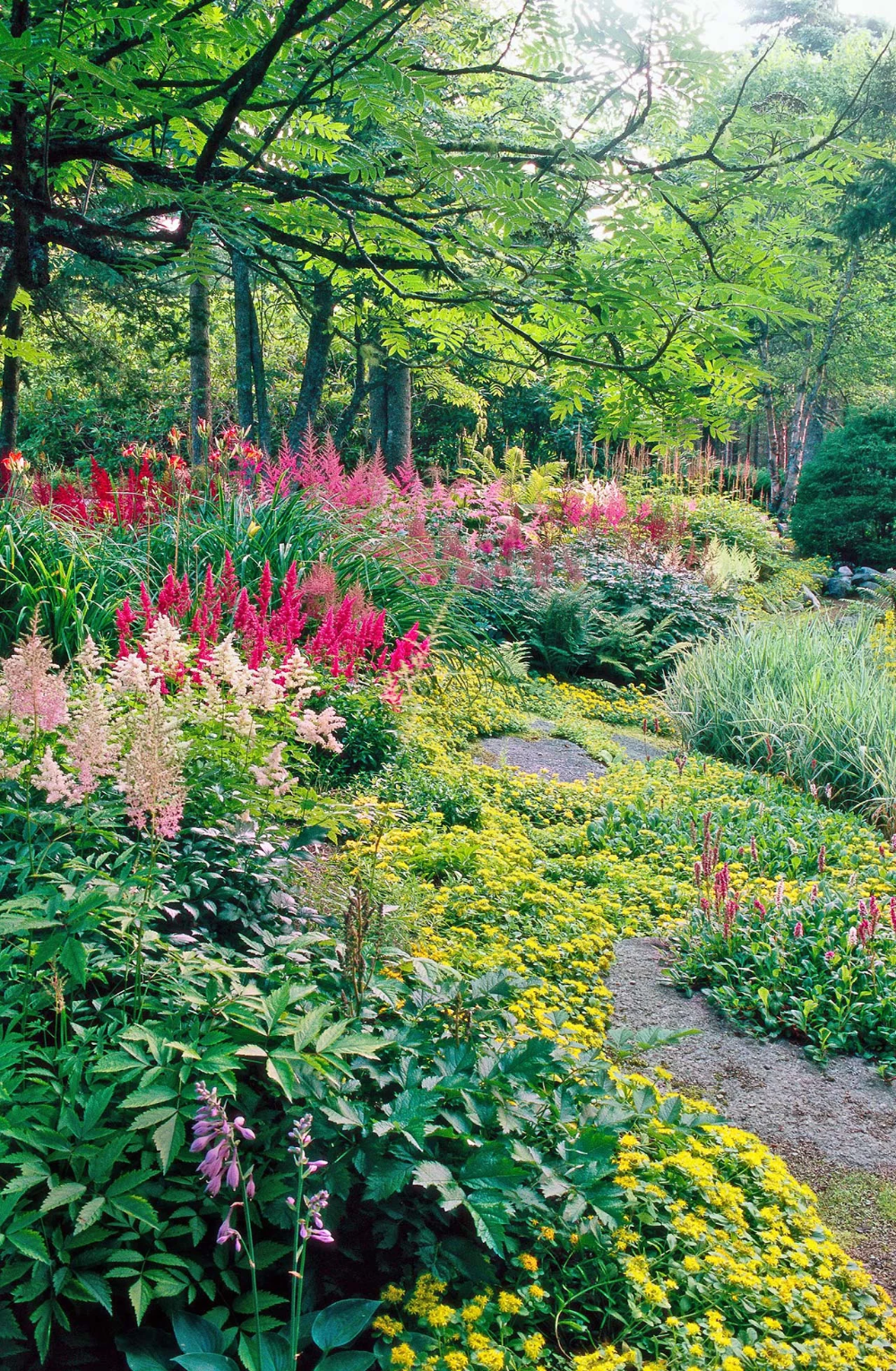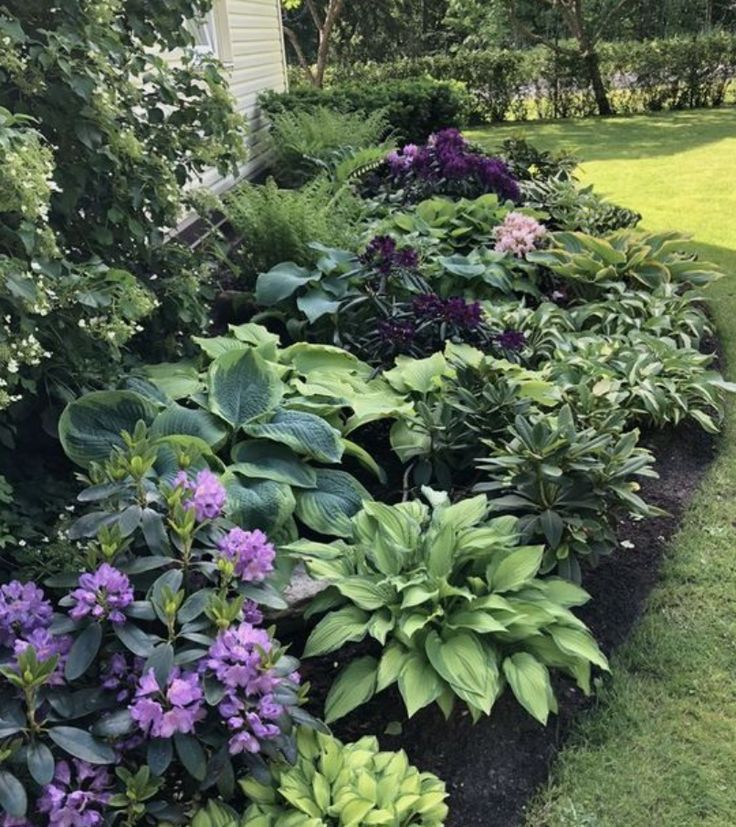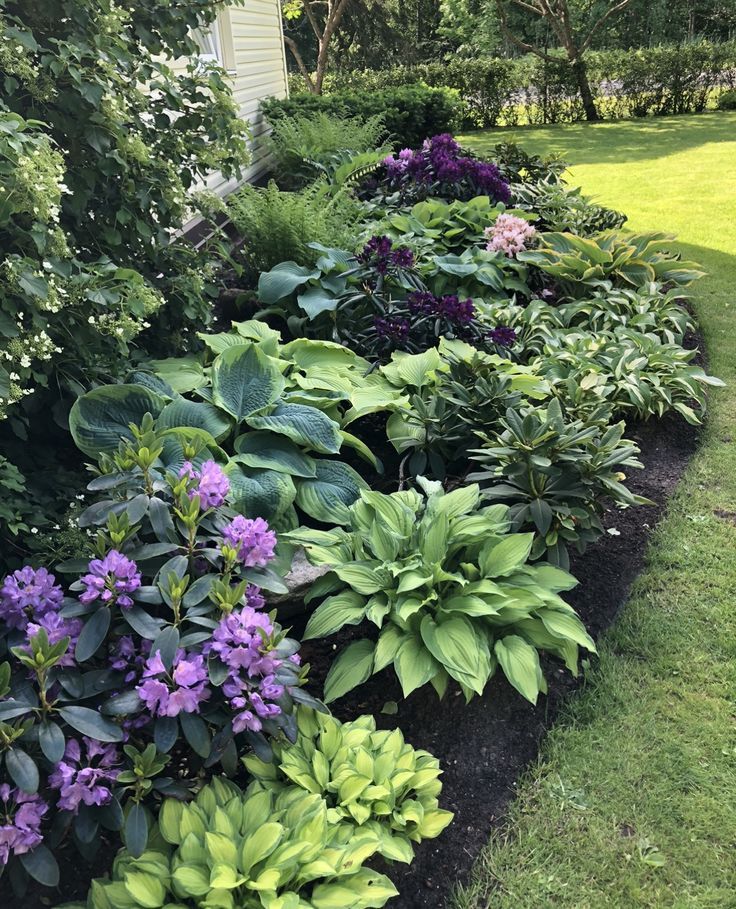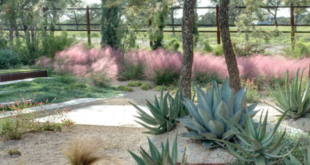Shade gardens can be a beautiful addition to any landscape, providing a cool and tranquil oasis in the midst of the summer heat. Designing a shade garden requires careful consideration of the types of plants that will thrive in low light conditions and creating a layout that takes advantage of the natural shade provided by trees and structures. By following some basic principles of shade garden design, you can create a lush and inviting outdoor space that will be a joy to spend time in.
One of the first steps in designing a shade garden is to assess the amount of sunlight that the area receives throughout the day. Different types of plants require varying levels of light, so it is important to determine whether your garden is considered full shade, partial shade, or dappled shade. Full shade areas receive less than three hours of direct sunlight per day, while partial shade areas receive three to six hours. Dappled shade refers to areas that receive filtered sunlight through trees or structures.
Once you have determined the level of shade in your garden, you can begin selecting plants that will thrive in those conditions. Shade-loving plants such as hostas, ferns, astilbes, and hydrangeas are popular choices for shade gardens. These plants have adapted to low light conditions and will flourish in shady areas where other plants may struggle. You can also incorporate a variety of textures and colors to create visual interest in your shade garden.
In addition to choosing the right plants, it is important to consider the layout of your shade garden. Grouping plants with similar light and water requirements together can help ensure that they thrive. You can also create different levels within your garden by using planters, raised beds, or retaining walls to add dimension and interest. Incorporating pathways, seating areas, and focal points such as statues or water features can also enhance the overall design of your shade garden.
Maintaining a shade garden requires regular watering, especially during hot, dry weather. Mulching around plants can help retain moisture in the soil and reduce the need for frequent watering. It is also important to monitor for pests and diseases that may affect your plants, as some shade-loving varieties can be more prone to certain issues. By staying on top of maintenance tasks and addressing any problems promptly, you can keep your shade garden looking healthy and vibrant throughout the growing season.
With careful planning and attention to detail, you can create a beautiful and inviting shade garden that will provide years of enjoyment. Whether you have a small courtyard or a sprawling backyard, there are endless possibilities for designing a shade garden that reflects your personal style and enhances your outdoor living space. By incorporating a variety of shade-loving plants, creating a well-balanced layout, and maintaining your garden with care, you can create a tranquil retreat that will be a source of beauty and relaxation for years to come.
 yishifashion Where Outdoor Dreams Become Reality
yishifashion Where Outdoor Dreams Become Reality

















